October 15, 2025
.png)
You've likely noticed how many calls your restaurant misses during busy dinner rushes, and you might be wondering if those new AI restaurant ordering systems actually work or if they're just another tech gimmick. In October 2025, they're finally at a point where they're showing consistent, measurable results across the industry.
TLDR:
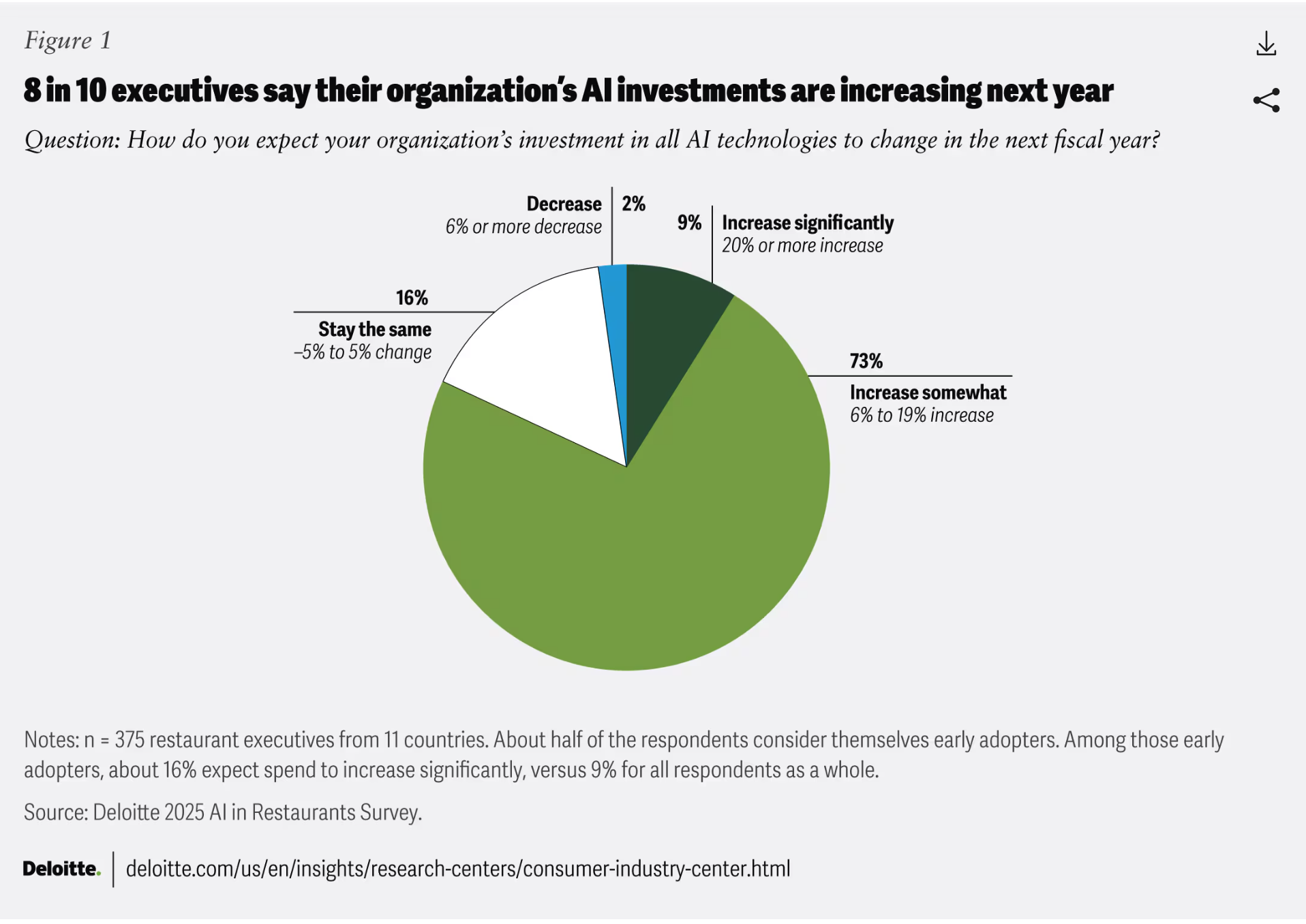
The numbers don't lie. Half of all restaurant operators already use some form of AI in 2025, with the remaining planning to adopt them soon. This isn't gradual adoption anymore. It's a full-scale change.
What changed? The technology finally works reliably, and the ROI is undeniable. Restaurants using AI report revenue increases of up to 22% from recaptured calls and smart upsells, while reducing labor costs by 17%.
The most successful implementations focus on solving immediate pain points rather than flashy features. Voice AI solutions lead this charge because they tackle the universal problem of missed calls and overwhelmed staff.
According to Toast's restaurant data, over half of restaurants either use AI in their operations or plan to adopt it in the near future, making 2025 the tipping point for widespread AI adoption.
Consider this: every missed call means lost revenue. Every staff member tied up answering phones can't focus on in-person guests. AI phone agents solve both problems simultaneously while working 24/7 without breaks or sick days.
The early adopters are surviving the current labor shortage and economic pressures. They're thriving by letting AI handle routine tasks while their teams focus on creating exceptional dining experiences.
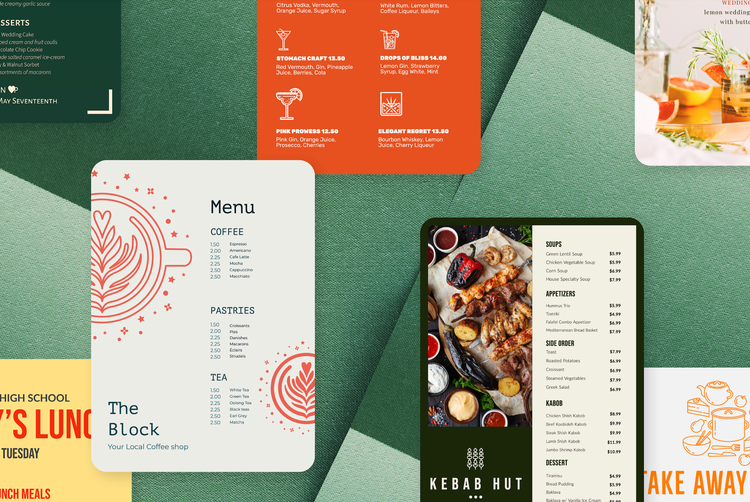
AI is reshaping how restaurants design, price, and operate. What once took consultants weeks now happens in hours, with intelligent systems guiding everything from table layouts to menu strategy.
Tools like Easy Peasy are helping operators reimagine physical spaces. By analyzing dimensions and cuisine type, the tool recommends furniture placement, color schemes, and traffic flow patterns that improve service dynamics. Some restaurants report 15% faster table turnover after implementing AI-generated layouts.
Visual design has also entered a new phase. Solutions like Canva and Venngage produce brand-consistent logos and menus using proven pricing psychology. The AI understands how to highlight high-margin dishes, manage layout density, and use visual hierarchy to influence ordering behavior, all completed in a fraction of the traditional design time.
Yet the real transformation is happening within menu intelligence itself. Menu engineering has become a data discipline, where AI reviews sales history, ingredient costs, and customer patterns to recommend profitable adjustments. Restaurants adopting this approach are seeing measurable gains, with some reporting up to 18% higher average order values from AI-guided optimization.
Loman stands at the center of this shift. Its system does not simply manage menus; it learns from them. Loman analyzes what customers order, how they modify dishes, and how pricing affects conversion. It can recommend changes that improve profit margins while maintaining guest satisfaction, and through voice AI integration, it can communicate those insights directly to guests in real time.
Unlike generic menu design tools, Loman’s AI menu assistance connects the data behind menu choices with the conversations that drive them. When a guest calls to place an order, the system can describe dishes accurately, suggest pairings, and upsell based on contextual understanding. It closes the gap between menu optimization and customer interaction, turning insights into immediate revenue impact.
Forward-looking restaurants are already designing with this in mind. Spaces are being built around human comfort and AI capability: acoustics that suit AI phone agents, pickup zones that reduce wait times, and menus structured for clarity and conversion.
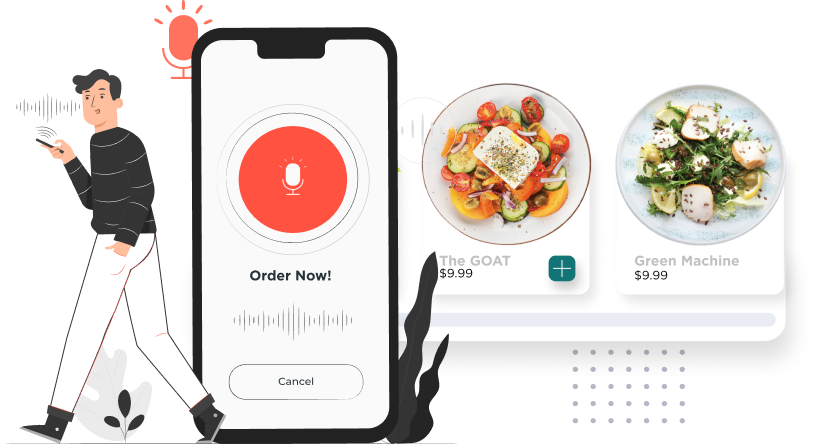
Voice AI ordering is the biggest breakthrough in restaurants since the POS system. While other AI applications offer small improvements, voice ordering solves critical problems that cost restaurants thousands in lost revenue monthly.
The technology finally works reliably. VOICEplug and SoundHound's restaurant solutions show how far voice recognition has advanced, but most voice AI systems still require lots of manual intervention or have limited menu handling.
Here's where the differences matter. Basic voice AI systems can take simple orders but struggle with complex menus, modifications, or payment processing. They often create more work by generating incomplete orders that staff must fix.
Advanced systems like Loman handle complete order cycles. They take complex orders with modifications, process secure payments, sync directly with POS systems, and manage reservations. The AI understands context, remembers repeat customers, and handles multiple languages.
The impact is immediate. Restaurants report answering 100% of calls instead of missing 20-30% during busy periods. Staff focus on in-person guests instead of juggling phone interruptions. Order accuracy improves because the AI never mishears or forgets details.
Restaurant voice AI goes beyond just taking orders. The best systems quote accurate wait times, answer menu questions, handle special dietary requests, and even upsell complementary items.
The technology handles edge cases gracefully. Angry customers get transferred to managers. Complex catering requests get proper attention. The AI knows when to escalate and when to resolve issues independently, and can handle unlimited simultaneous calls, eliminating busy signals and hold times that drive customers to competitors.
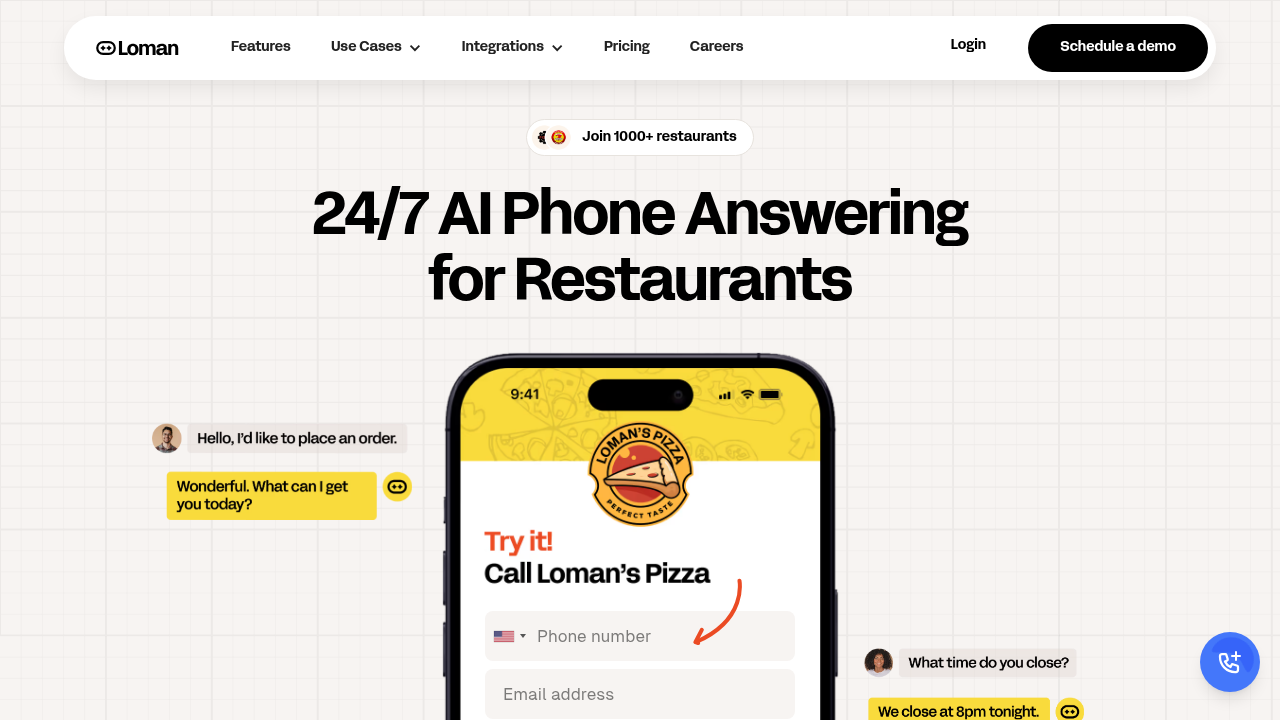
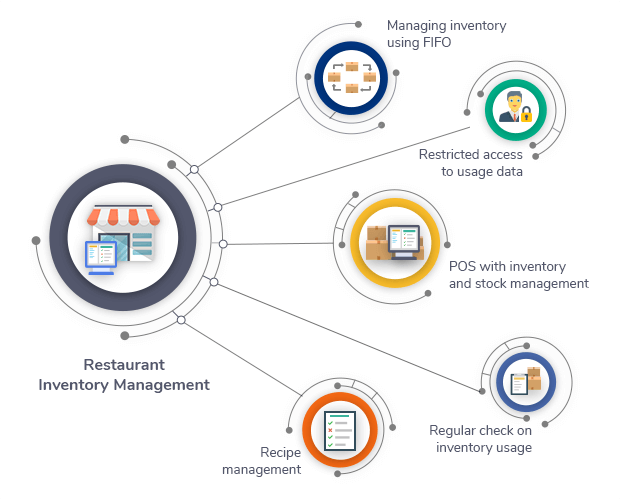
Food waste kills restaurant profitability, but AI inventory management offers a solution. 42% of restaurants use inventory technology to minimize waste, with investments yielding a 7:1 benefit-cost ratio.
The math is compelling. Food waste accounts for 4% to 10% of purchased food costs. AI systems reduce waste by 30-50% through better demand forecasting and automated reordering. For a restaurant spending $50,000 monthly on food, that's $6,000-$15,000 in monthly savings.
MarketMan leads the inventory management space with AI-powered demand forecasting. The system analyzes historical sales, weather patterns, local events, and seasonal trends to predict exactly how much of each ingredient you'll need.
WISK's AI system takes a different approach, focusing on real-time inventory tracking and automated variance reporting. The system identifies discrepancies immediately and suggests corrective actions before small problems become major losses.
The technology handles complex calculations that overwhelm manual systems. AI considers shelf life, preparation time, supplier lead times, and demand variability to optimize ordering schedules. This prevents both stockouts and spoilage.
Integration with POS systems provides real-time inventory updates. Every order automatically adjusts ingredient levels, and the AI reorders items before you run out. This eliminates the guesswork and manual tracking that leads to waste.
Smart POS integration becomes important for inventory accuracy. The AI needs real-time sales data to make accurate predictions and automatic adjustments.
Predictive analytics identify trends before they impact operations. The AI notices that chicken orders increase 25% during football season or that vegetarian options spike in January. These insights allow proactive inventory management.
The systems learn from your specific operation. Generic inventory software uses industry averages, but AI adapts to your customer base, preparation methods, and local market conditions.
Simplifying business operations requires integrated technology solutions. Inventory management AI works best when connected to ordering systems, menu optimization, and customer data.

Marketing is the top AI use case globally, with 46% of restaurants implementing AI marketing solutions. The technology changes how restaurants attract, engage, and retain customers through personalized communications and automated campaigns.
AI chatbots handle customer service inquiries 24/7, from answering menu questions to processing reservation changes. These systems maintain brand voice while providing instant responses that would otherwise require staff time.
PopMenu's AI solutions show how restaurants use AI for social media content creation, review response automation, and targeted advertising campaigns. The technology analyzes customer data to create personalized marketing messages.
Automated review responses maintain your online reputation without constant monitoring. AI analyzes review sentiment and generates appropriate responses, escalating complex issues to management while handling routine feedback automatically.
Lunchbox's ChatGPT integration shows how restaurants use LLMs for content creation, from social media posts to email campaigns. The AI maintains consistent brand voice while producing volume content that would be expensive to create manually.
Customer segmentation becomes sophisticated with AI analysis. The technology identifies high-value customers, predicts churn risk, and suggests targeted retention campaigns. Some restaurants increase repeat visits by 30% through AI-driven personalization.
Email marketing gets smarter with AI optimization. The technology tests subject lines, send times, and content variations to maximize open rates and conversions. This data-driven approach outperforms intuition-based campaigns.
AI chatbots for restaurants work with loyalty programs and ordering systems. The AI remembers customer preferences and suggests relevant promotions based on ordering history.
Social media automation maintains consistent posting schedules while adapting content to site-specific best practices. The AI creates Instagram-optimized food photos and Twitter-friendly promotional messages from the same source material.
The restaurant industry has reached a turning point where AI tools deliver real results instead of empty promises. Your biggest opportunity lies in starting with systems that solve immediate problems, like missed calls and wasted inventory, rather than chasing flashy features. AI restaurant ordering systems represent the most practical entry point because they generate revenue from day one while reducing labor costs. The restaurants thriving in 2025 aren't the ones with the most advanced technology but the ones using AI to let their staff focus on creating exceptional dining experiences.
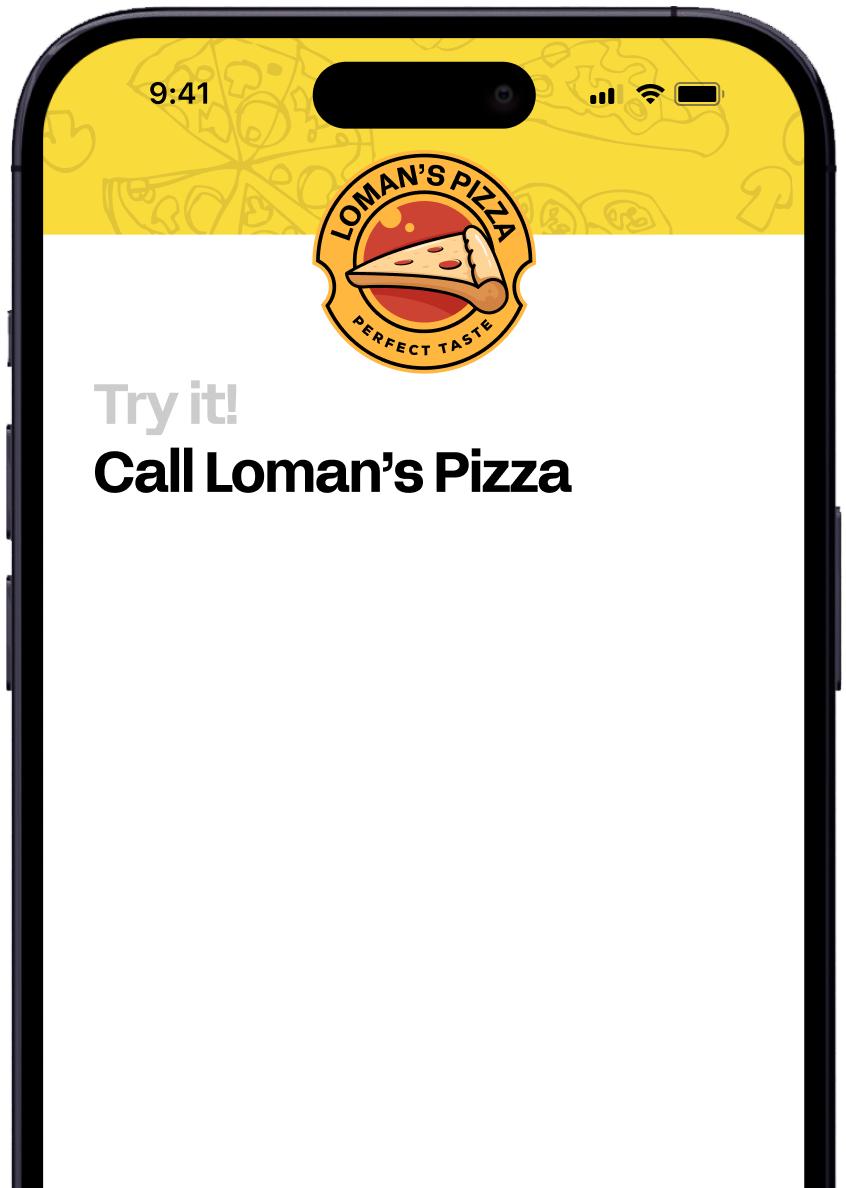
Enter your information in the form to receive a call from Loman and place an order like a customer would!